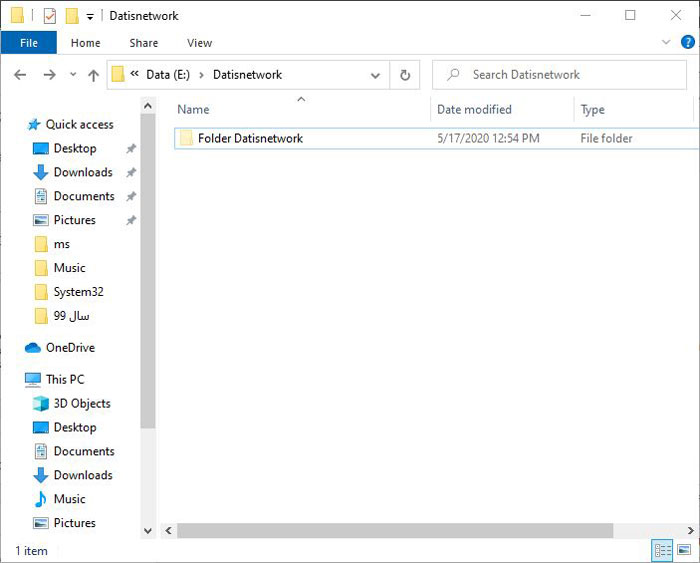
in the result (as does the currently accepted answer). I came up with another solution, that might not be as efficient, but this solution does not assume anything about the names of the hidden files, and therefore avoids listing. * they're the same thing, so adding any of them with different command characters will print twice.Īll the answers so far are based on the fact that files (or directories) which names start with a dot are "hidden". ?* And why it is actually printing hidden files twice is because literally you're asking twice. to explain the difference here between ls. !(|)Īskapache-bash-profile.txt sktop Public top-1m.csvīackups Firefox_wallpaper.png PycharmProjects ĭesktop java_error_in_PYCHARM_17581.log Shotwell Import Log.txt topsites.txt Now notice in the above results, it shows you every file/dir with its subdir and any hidden files right below. !(|) that will show you everything in the current dir hidden files/dirs on the top and other files/dirs below If you can think of a different solution, do share it in the comment section.What else you could have done, is ls. The find command is always there for such stuff. Of course, there could be several other possible ways. *ĭrwxrwxr-x 3 abhishek abhishek 4096 Jun 30 10:38. You are displaying both the hidden files and directories and then filtering out the entries starting with d (which are directories). member.csv Display only hidden files (not hidden directories)ĭisplaying only hidden files without the hidden directories is quite easy. You get the desired result now: -rw-rw-r- 1 abhishek abhishek 41145 May 27 15:24. is followed by something (thus single dot is ruled out) except another dot (thus ruling out double dots). !(|.) and you are saying a pattern where. When you negate it with !, you are saying it should not be "nothing" or dot. directories, you can use the ls command like this: ls -ld. Otherwise, the ls command will also show the contents of the. It tells ls to only list the directory, not its contents. So, basically, you can think of it as: ls -ld. hidden-fileĭrwxrwxr-x 2 abhishek abhishek 4096 Jun 30 10:38. It will show the following result for the example here: drwxrwxr-x 3 abhishek abhishek 4096 Jun 30 10:38.

To show just the hidden files and directories in the long listing format (so that you can see if it's a file or directory), you can use this: ls -ld. If you want that, there is another way to achieve that. Though you can see them in individual lines, you cannot distinguish if it's a file or a directory.

This is better, right? Here's a screenshot if you want to see them all together in a single image: You can filter them out by using the -A option instead of -a. Now I am going to filter it out so that it only shows the hidden files and directories: :~/toto$ ls -a | grep "^\." rw-rw-r- 1 abhishek abhishek 143 May 30 12:06 routes.yaml rw-rw-r- 1 abhishek abhishek 12721 May 29 12:29 members.csv rw-rw-r- 1 abhishek abhishek 4943 Jun 2 20:09 gnome-console-voiceover rw-rw-r- 1 abhishek abhishek 249773 May 26 14:56 cronjob-cheatsheet.png rw-rw-r- 1 abhishek abhishek 29983 May 27 16:07 bash.pdf rw-rw-r- 1 abhishek abhishek 45443 May 24 09:03 apt-get.pdf Here's the content of my sample directory: :~/toto$ ls -l With "^\.", you tell grep command to only show results that start with a dot. The dot character needs to be escaped with \ and since you used special characters, everything is enclosed in double-quotes. To display only the hidden files and directories, the simplest approach is to show the hidden files with ls -a and then use grep to filter only the entries that start with a. Display only the hidden files and directories However, you can always find a way to achieve things by combining a few commands through the wonderful pipe redirection. There is no ready-to-use option like -a and -A. What if you want to ONLY see the hidden files, not the regular ones? You can see the hidden files with their names starting with a dot (.).īut you see all the files in the current directory, the hidden ones and the regular ones.

You use the ls command in this manner: ls -a Displaying hidden files in Linux is quite easy.


 0 kommentar(er)
0 kommentar(er)
